Book Review: City of Brass by S.A. Chakraborty
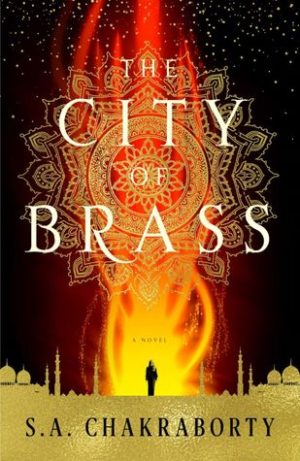
City of Brass by S.A. Chakraborty is as elusive and complicated as its main character, Nahiri. When we meet Nahiri, it is 18th century Cairo under tenuous French control. She lives in a poor section of the city, not far from the Necropolis. She’s a healer, a con artist, and a thief who is willing to rob places while the owners are away. And yet she has power and ability she herself does not quite understand, a nature that is fragile as is her position. This sets up the novel starting off, anyway, as a historical fantasy, a historical urban fantasy at that. The novel switches gears, however, when Nahiri accidentally summons a djinn. Soon on the run, Nahiri and the djinn, Dara, are traveling across the Middle East to a hidden city of the djinn, Daevabad. There, they encounter Prince Ali, already chafing under the reign of his father and the future reign of his brother, and a city on the edge of change, or destruction. We get intrigue, political agitation, ancient secrets and much more within the bounds of the city.
Adorable lesbian werewolves in love: Moonstruck #1 and #2
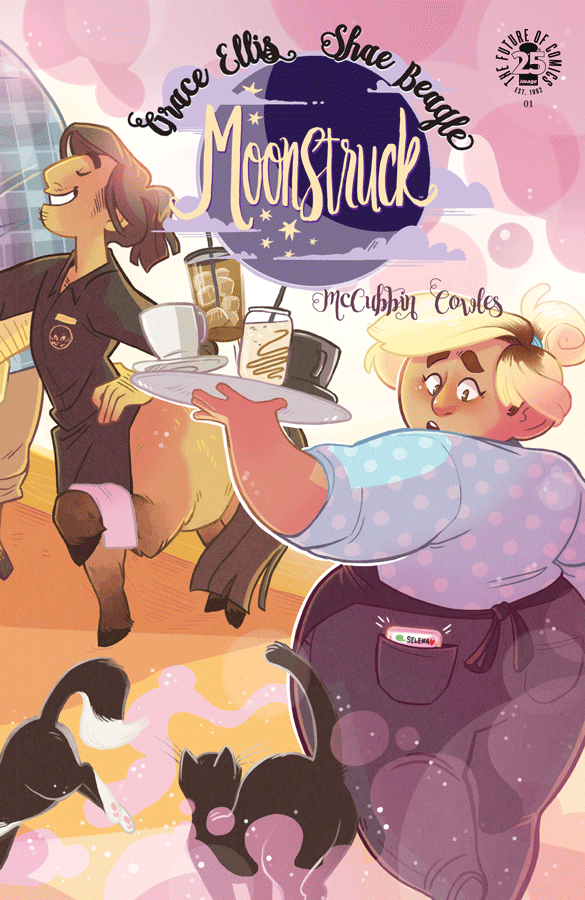
Welcome to the latest installment of my comics review column here at Skiffy & Fanty! Every month, I use this space to shine a spotlight on SF&F comics (print comics, graphic novels, and webcomics) that I believe deserve more attention from SF&F readers. This month, I’d like to focus on the first two issues of a new ongoing comics series, Moonstruck #1 and 2. (This review contains spoilers!)
Book Review: All Good Things by Emma Newman
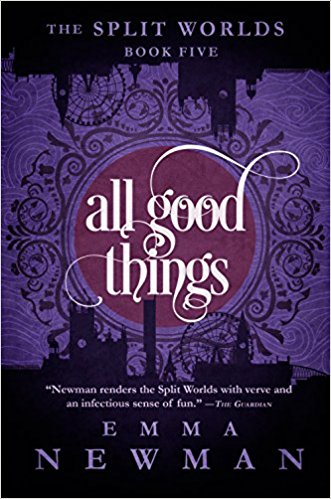
I was introduced to the writing and the work of Emma Newman by means of Between Two Thorns, an urban fantasy novel. I don’t normally read much urban fantasy as a general rule, but I was taken by the small stories Newman wrote in support of the novel and that world, and by the writer herself when she came all the way from the U.K. to attend a local convention here in Minneapolis. I was enchanted by her writing and her personality, and resolved to read all of her work henceforth. That decision led me to read more of the Split Worlds, as the series has come to be called, so I read Any Other Name and All is Fair, the second and third books in the series. When Newman, in conjunction with her husband, started Tea and Jeopardy, what is now a Hugo award-winning podcast, I started consuming that as well. Other writing efforts took the author’s time, and I started to read those wonderful SF efforts as well.
Signal Boost #18: Michael J. Martinez (MJ-12: Shadows) and Patrick Hester (Samantha Kane: Into the Fire)

http://media.blubrry.com/skiffyandfanty/dts.podtrac.com/redirect.mp3/archive.org/download/SandFSignalBoost18MikePatrick/Sandf–SignalBoost18–MikePatrick.mp3Podcast: Play in new window | DownloadSubscribe: Apple Podcasts | Spotify | Android | iHeartRadio | Podchaser | Podcast Index | Email | TuneIn | Deezer | RSSIn today’s episode of Signal Boost, Michael J. Martinez, author of The Daedaelus Trilogy, joins Paul to talk about the second book of his Majestic-12 trilogy, MJ-12: Shadows. They discuss how truth is crazier than fiction and how that led to Mike writing a secret history instead of an alternate history. Then Patrick Hester, a Hugo award winning podcaster and Skiffy and Fanty Arch-Nemesis, joins Jen to talk about his urban fantasy novel, Samantha Kane: Into the Fire. They talk about how Patrick found the voice of Samantha Kane and how Into the Fire sets itself apart from most urban fantasy with its focus on family relationships. We hope you enjoy the episode! Note: If you have iTunes and like this show, please give us a review on our iTunes page, or feel free to email us with your thoughts about the show! Here’s the episode (show notes are below):
Book Review: STEEL VICTORY and STEEL MAGIC by J.L. Gribble
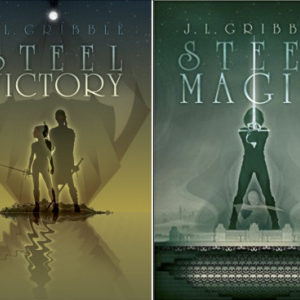
This Sunday I featured Steel Blood for my first offering in the ‘A Book By Its Cover’ series of humorous fake reviews. I haven’t yet read this third volume in J.L. Gribble’s Steel Empires series, but I have read the first two novels, Steel Victory and Steel Magic. Seems the perfect time to write real reviews on them. In the most general sense, at least one part of that Steel Blood cover-inspired ‘review’ is correct. The Steel Empires series is a fusion of many different genre elements that make it hard to precisely classify. Urban Fantasy/Alternate History is the publisher’s cover labeling, and indeed the series overall recalls elements of The Southern Vampire Mysteries series by Charlaine Harris (the basis of True Blood), built into an alternate history world. But added into this melting pot one can also find dashes of post-apocalyptic SF and Steampunk. All of these elements don’t mix equally, or as successfully, but on the whole the two novels have character-driven and plot-driven fun that is as solidly written as the most popular urban fantasy series out there.
Book Review: The Masked City, By Genevieve Cogman
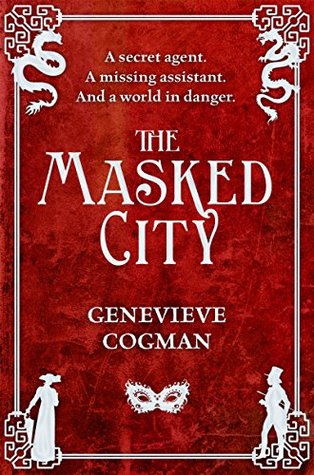
Universe-traversing Librarian Irene Adler and her assistant the dragon prince Kai return in The Masked City, second in The Invisible Library series following the titular volume in the series. After settling themselves in the Quasi Victorian world of airships, Fey nobles and derring-do, Irene’s life is, if not precisely stable and uneventful, at least predictable. Find rare books for the library in this alternate London, dodge machinations of local villains, spar with her bête noire, and get into adventure after adventure. Routine, right? Second novels, especially following on high-concept hot ideas like the interdimensional traveling library and librarians of Cogman’s series, are tricky. How do you keep the material fresh? How do you avoid the temptation to “do bigger, and more” as a easier substitution for the harder tricks of building on worldbuilding without making it unstable or unpalatable, and developing characters and their arcs in interesting and meaningful ways? The second novel in such writing is harder than the first, and for me as a reader, with the baseline established, I am looking for that growth and development, and read for it.

